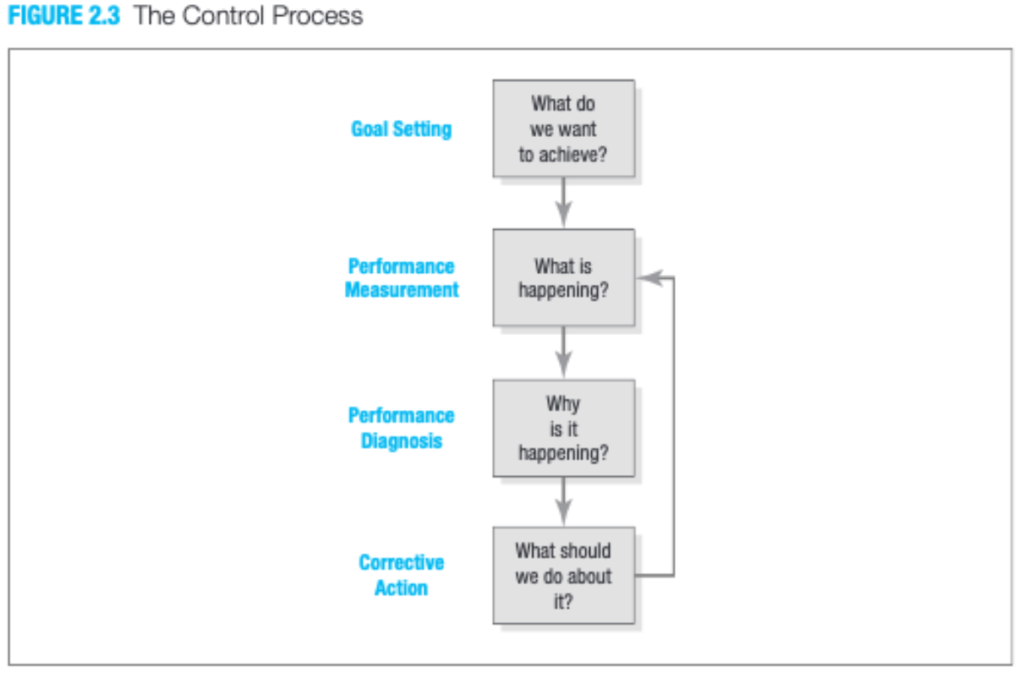Marketing Dashboards
Management can assemble a summary set of relevant internal and external measures in a marketing dashboard for synthesis and interpretation.
Marketing dashboards are like the instrument panel in a car or plane, visually displaying real-time indicators to ensure proper functioning.
Formally, marketing dashboards are “a concise set of interconnected performance drivers to be viewed in common throughout the organization.”
As input to the marketing dashboard, companies should include two key market-based scorecards that reflect performance and provide possible early warning signals.
A customer-performance scorecard records how well the company is doing year after year on such customer-based measures as the percentage of customers who say they would repurchase the product.
A stakeholder-performance scorecard tracks the satisfaction of various constituencies who have a critical interest in and impact on the company’s performance: employees, suppliers, banks, distributors, retailers, and stockholders.
Again, management should take action when one or more groups register increased or above-norm levels of dissatisfaction.
A company might aim to delight its customers, perform well for its employees, and deliver a threshold level of satisfaction to its suppliers. It must not violate any stakeholder group’s sense of fairness about the treatment it is receiving relative to the others.
MARKETING CONTROL
Marketing control is the process by which firms assess the effects of their marketing activities and make necessary changes and adjustments.
Table 2.3 lists four types of marketing control: annual-plan control, profitability control, efficiency control, and strategic control.

Annual-plan control ensures the company achieves the sales, profits, and other goals established in its annual plan.
To do this, management sets monthly or quarterly goals, monitors marketing performance in the marketplace, determines the causes of serious performance deviations, and takes corrective action to close gaps between goals and performance (see Figure 2.3 below).
Profitability control is used to determine whether to expand, reduce, or eliminate any products or marketing activities.
Efficiency control helps the company look at better ways to manage marketing spending and investments.
Some companies have established a marketing controller position to improve marketing efficiency. Marketing controllers examine adherence to profit plans, help brand managers prepare budgets, measure the efficiency of promotions, analyze media production costs, evaluate customer and geographic profitability, and educate marketing staff on the financial implications of marketing decisions.
With strategic control, the firm should periodically reassess its strategic approach to the marketplace, using a marketing audit, a comprehensive, systematic, independent, and periodic examination of a company’s or business unit’s marketing environment, objectives, strategies, and activities, to identify problem areas and opportunities and recommend a plan for improving marketing performance. A good marketing audit covers the macro environment, task environment, marketing strategy, marketing organization, marketing systems, marketing productivity, and marketing functions. Regular marketing audits can benefit companies in good health as well as those in trouble.

